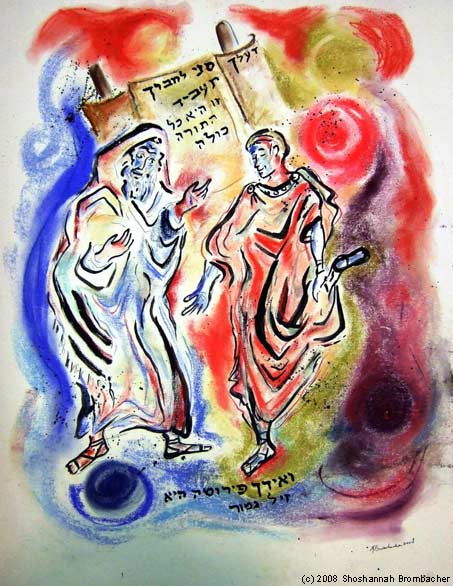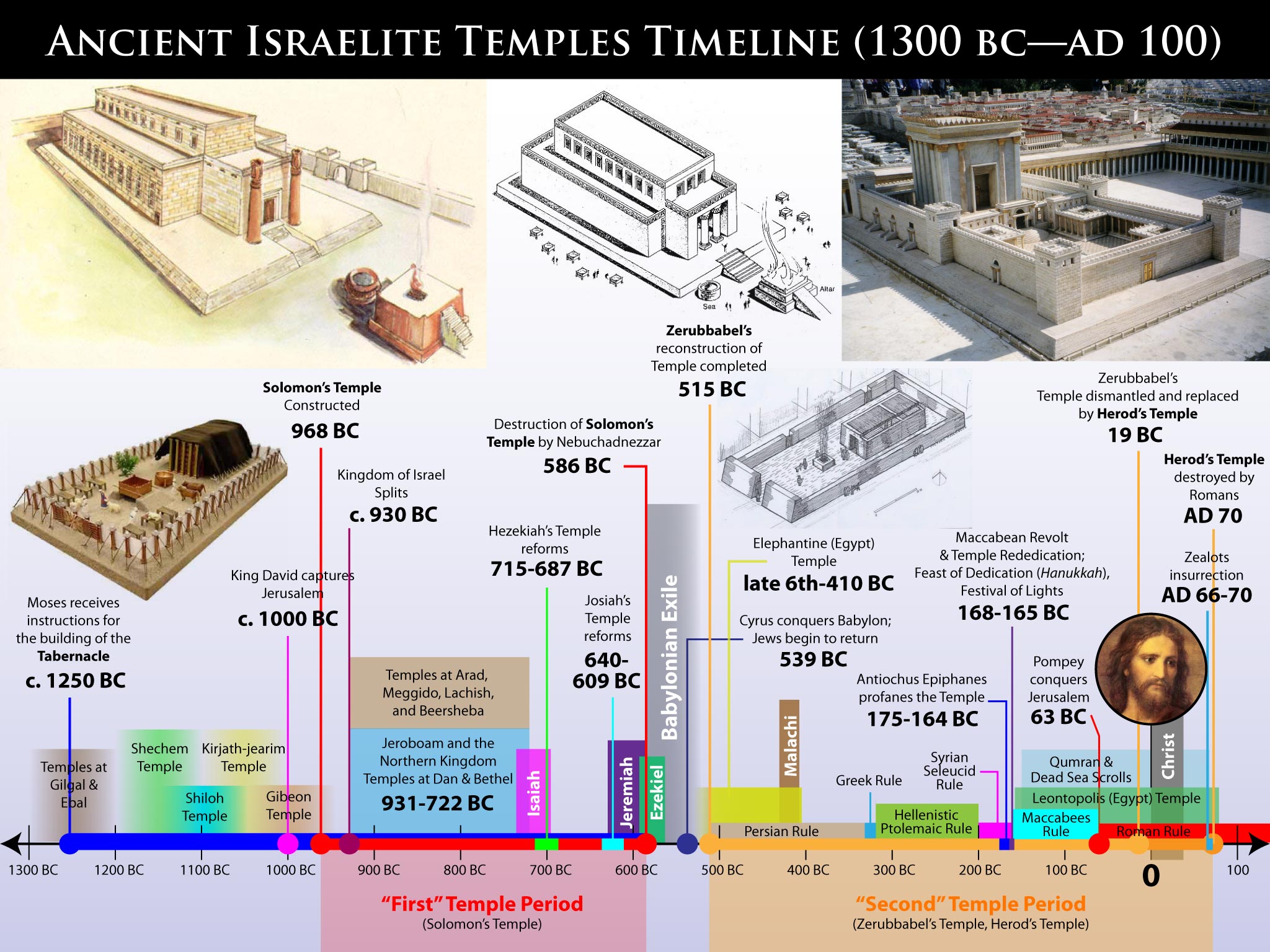Should there be disagreement within a group that has a specific identity?
How is it possible to disagree within a group and still keep unity?
(יז) כָּל מַחֲלֹקֶת שֶׁהִיא לְשֵׁם שָׁמַיִם, סוֹפָהּ לְהִתְקַיֵּם. וְשֶׁאֵינָהּ לְשֵׁם שָׁמַיִם, אֵין סוֹפָהּ לְהִתְקַיֵּם.
אֵיזוֹ הִיא מַחֲלֹקֶת שֶׁהִיא לְשֵׁם שָׁמַיִם, זוֹ מַחֲלֹקֶת הִלֵּל וְשַׁמַּאי. וְשֶׁאֵינָהּ לְשֵׁם שָׁמַיִם, זוֹ מַחֲלֹקֶת קֹרַח וְכָל עֲדָתוֹ:
(17) Every argument that is for [the sake of] heaven's name, it is destined to endure. But if it is not for [the sake of] heaven's name -- it is not destined to endure. What is [an example of an argument] for [the sake of] heaven's name? The argument of Hillel and Shammai. What is [an example of an argument] not for [the sake of] heaven's name? The argument of Korach and all of his congregation.
Questions about the mishnah:
1. What does is it mean to 'endure'? Why is this an important idea for how we think about disagreements?
2. What might the mishnah mean by 'for the sake of heaven's name'?
Some questions about Hillel and Shammai:
What types of people were Hillel and Shammai?
What was the difference between Hillel and Beit Hillel and Shammai and Beit Shammai?
What was happening in the land of Israel historically in the times of Hillel and Shammai?





When did Hillel and Shammai live in relation to the Chanukah story? Why does this matter?
When did they live in relation to the destruction of the Second Temple and the exile of the Jews from the land of Israel?


ת"ר מצות חנוכה נר איש וביתו והמהדרין נר לכל אחד ואחד והמהדרין מן המהדרין ב"ש אומרים יום ראשון מדליק שמנה מכאן ואילך פוחת והולך וב"ה אומרים יום ראשון מדליק אחת מכאן ואילך מוסיף והולך
אמר עולא פליגי בה תרי אמוראי במערבא ר' יוסי בר אבין ור' יוסי בר זבידא חד אמר טעמא דב"ש כנגד ימים הנכנסין וטעמא דב"ה כנגד ימים היוצאין וחד אמר טעמא דב"ש כנגד פרי החג וטעמא דבית הלל דמעלין בקדש ואין מורידין
אמר רבה בר בר חנה א"ר יוחנן שני זקנים היו בצידן אחד עשה כב"ש ואחד עשה כדברי ב"ה זה נותן טעם לדבריו כנגד פרי החג וזה נותן טעם לדבריו דמעלין בקדש ואין מורידין
Step 1:
What is the basic symbolism of Chanukah candles? What is the mitzvah? Why?
The Sages taught in a baraita: The basic mitzva of Hanukkah is each day to have a light kindled by a person, the head of the household, for himself and his household. And the mehadrin, i.e., those who are meticulous in the performance of mitzvot, kindle a light for each and every one in the household. And the mehadrin min hamehadrin, who are even more meticulous, adjust the number of lights daily.
Beit Shammai say: On the first day one kindles eight lights and, from there on, gradually decreases the number of lights until, on the last day of Hanukkah, he kindles one light. And Beit Hillel say: On the first day one kindles one light, and from there on, gradually increases the number of lights until, on the last day, he kindles eight lights.
Step 2:
What are the three levels of the Mitzvah?
What is the main idea of the third level?
Ulla said: There were two amora’im in the West, Eretz Yisrael, who disagreed with regard to this dispute, Rabbi Yosei bar Avin and Rabbi Yosei bar Zevida. One said that the reason for Beit Shammai’s opinion is that the number of lights corresponds to the incoming days, i.e., the future. The reason for Beit Hillel’s opinion is that the number of lights corresponds to the outgoing days. And one said that the reason for Beit Shammai’s opinion is that the number of lights corresponds to the bulls of the festival of Sukkot. The reason for Beit Hillel’s opinion is that the number of lights is based on the principle: One elevates to a higher level in matters of sanctity and one does not downgrade.
Step 3:
What reasons are there for Beit Hillel and Beit Shammai?
What is the symbolism of Chanukah candles according to Hillel and Shammai?
What does Sukkot have to do with Chanukah?
Which reason was most relevant in the times of Hillel and Shammai?
Which reason is most relevant now?
Rabba bar bar Ḥana said that Rabbi Yoḥanan said: There were two Elders in Sidon, and one of them acted in accordance with the opinion of Beit Shammai, and one of them acted in accordance with the opinion of Beit Hillel. Each provided a reason for his actions: One gave a reason for his actions: The number of lights corresponds to the bulls of the Festival. And one gave a reason for his actions: The number of lights is based on the principle: One elevates to a higher level in matters of sanctity and one does not downgrade.
Step 4:
Was there a decision made and followed by a majority of people regarding how to light the candles? Does it matter in this case?
The Road Not Taken by Robert Frost
Two roads diverged in a yellow wood,
And sorry I could not travel both
And be one traveler, long I stood
And looked down one as far as I could
To where it bent in the undergrowth;
Then took the other, as just as fair,
And having perhaps the better claim,
Because it was grassy and wanted wear;
Though as for that the passing there
Had worn them really about the same,
And both that morning equally lay
In leaves no step had trodden black.
Oh, I kept the first for another day!
Yet knowing how way leads on to way,
I doubted if I should ever come back.
I shall be telling this with a sigh
Somewhere ages and ages hence:
Two roads diverged in a wood, and I—
I took the one less traveled by,
And that has made all the difference.
Concluding thoughts...
Why do you think we follow Beit Hillel in modern times?
Would it be incorrect to follow Beit Shammai on Chanukah? Why or why not?
How can we balance following what the group does, but also following what we believe in when we are part of a group?
When can we be individuals? When should we conform? Think of an example of when it would be good for you to conform and when it would be better to an individual? Tie this in to the Chanukah story if possible.


